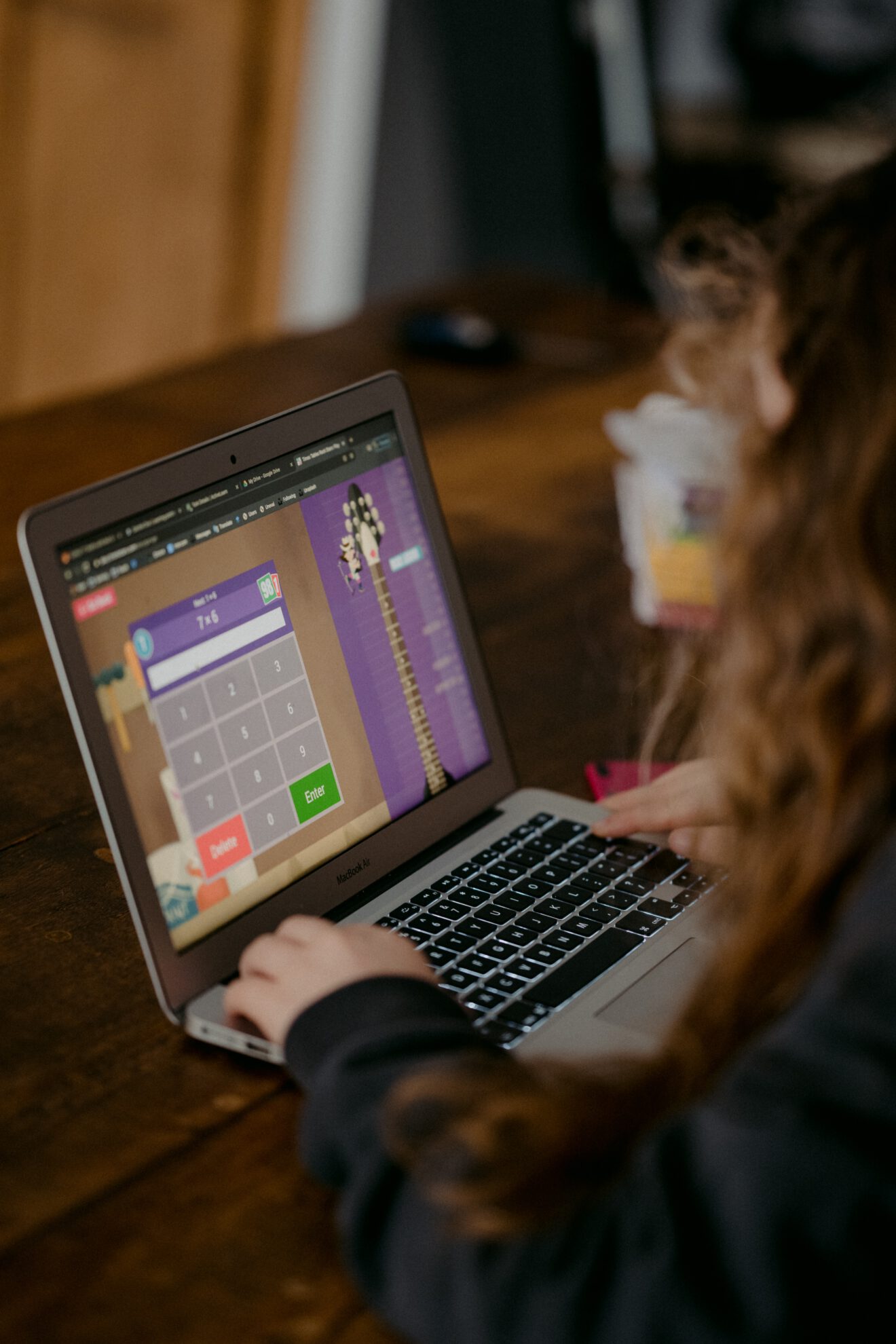Let’s face it: Creating engaging, meaningful assessments is a challenge all classroom teachers face, no matter what subject they teach. The best assessments, in my opinion, will quickly and accurately tell me what my students understand and what they can do in a format that is student-centered and repeatable. Creative math tools make this easier.

As a math interventionist, I’m always on the lookout for innovative edtech resources that support student assessments. To save me time and ensure accuracy, I typically look for a digital resource that self-grades and offers feedback. Not only do these types of resources make it easier for me to manage and implement high-quality assessments, they save me time I can better spend with my students, and they provide the learners in my class the immediate feedback I know they want.
As I teach math intervention, I was specifically looking for a platform that provided quizzes during a video. I wanted to assess my students’ understanding throughout the video to make sure they were engaged in the learning process and not just passively watching the content. I’ve looked at quite a few options over the last few years in search of a great resource meeting my needs, and I’ve found some great math tools.
Quiz
The Quiz tool from Discovery Education offers three types of quizzes:
- Video: Embed questions in the program’s videos to create quizzes, choosing from a variety of question formats. The video quiz offers 3 types: short answer, poll and multiple choice.
- Standard: Create multiformat quizzes with a variety of question types, such as short answer, poll, multiple choice, annotate, draw, multiple select and audio.
- Ask Live: Facilitate a live activity and ask students verbal questions, letting them respond from their own devices in a short-answer format.
Educators can create their own quizzes or, if strapped for time, can use 200 recently added pre-made assessments from the company’s “Back to School” enhancements. These quizzes can be used as-is, customized or even created from scratch for use in a variety of lesson plans. Features like this make it easy to create a dynamic lesson plan where students are fully engaged.
For one recent lesson, I was able to pair one monthly baseball-themed math challenges with a video quiz. The challenges are centered around a concession stand worker at a baseball game. I was able to stop the video and check for students’ understanding. I had the ability to either have the whole class view the video or let students view it individually. I was given real-time results, which allowed me to gauge participation and correct responses, offer just-in-time feedback and identify remediation needs.
ClassMarker
Another go-to math tool for my teaching practice is ClassMarker, an easy-to-use online testing system, that allows educators to create their own tests in minutes. ClassMarker offers educators free access to a basic version of the resource.
ClassMarker helps users to easily create secure online exams with advanced features like time limits, public and private test access, randomized questions, instant feedback, multiple choice, matching, short answer, video, audio and essay options. In addition, it embeds exams in WordPress and Google sites.
I’ve used this tool in the past to create quick quizzes for virtual learning. For example, last year while we were remote teaching and learning, I did a lesson with my students on algebra. With a quiz I made on ClassMarker, I was able to assess, in real-time, my students’ understanding of not only the concept but the execution. Plus, the students’ work was graded quickly, enabling quick remediation or confirmation of their knowledge.
It’s an easy way to create, manage and assign various types of assessments. Plus, a user manual and video tutorials help if you ever get stuck.
Today’s educators are more pressed for time than ever. Each day, we are called to serve not only as teachers but as nurses, coaches, artists, conflict mediators and a hundred other jobs. Tools like these help teachers like me work smarter, not harder, and save us valuable time.
Using these tools, I am empowered to create engaging, get-those-wheels-turning assessments that quickly and accurately tell me what my students know, what they understand and what they can do in a format that is student-centered and repeatable.
Emily Strickland is a math interventionist at the Greenville K-12 Virtual School in South Carolina.
_______________________________
Subscribe to SmartBrief’s FREE email newsletter to see the latest hot topics on EdTech. It’s among SmartBrief’s more than 250 industry-focused newsletters.
